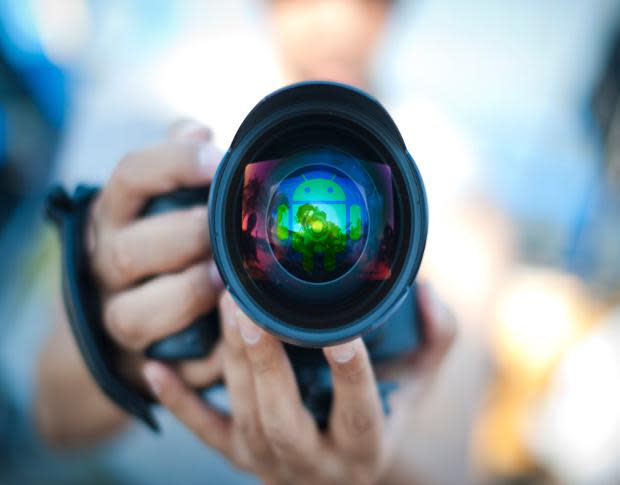Android Lollipop tips its hat to photographers with RAW support

Image: Mike Ricca
One of the lesser mentioned features in Android Lollipop is RAW image support. If you're a photographer, you know what that means. If not, let me explain.
When you snap a shot with your Android camera, the internal software compresses the image into a .jpg file. To the untrained, naked eye, that photo usually looks pretty spectacular. The thing is, what you see is what you get. You can't really manipulate that photo on any low level. It's compressed and saved in a read/write format, so the images can be more easily edited with a bitmap editor (such as The Gimp or Photoshop).
With RAW images, the data has been minimally processed from the image sensor. Many consider RAW images to be the digital equivalent of the old school negative. These RAW images will have a wider dynamic color range and they preserve the closest image to what the sensor actually saw.
A RAW file:
Is not really an image file and requires special software to view and edit
Often has a proprietary format
Has at least 8 bits per color for red, green, and blue and 12-bits per X,Y location
Is uncompressed
Is a completely lossless data file from the camera's sensor
Has significantly higher dynamic range than a compressed .jpg
Will be lower in contrast, so it will seem flatter and washed out looking
Is not suitable for printing directly from the camera
Is read-only
Can be corrected for over/under exposure
There are a couple of caveats that you need to know about RAW files. First, not all applications can open RAW images out of the box. For instance, The GIMP requires the addition of the UFRaw plug-in. Note: You'll find, however, applications like Darktable that can do some remarkable things with RAW files.
The second caveat is actually quite important to budding Android photographers, and that's file size. RAW images are significantly larger than compressed .jpg files. Think about it this way: a 32 megapixel camera will produce a 32 MB RAW file. That's a significant jump in size from the standard .jpg file, and it means that you'll quickly eat up your storage space when snapping RAW images.
This new feature will be a boon to budding photographers and businesses needing the ability to snap shots in a format that are of significantly higher quality, can be better manipulated, and (in some cases) are admissible in court (because it's a read-only format). Unfortunately, not everyone with a Lollipop-supported device will get RAW support built in. This feature will most likely only come along for the ride on high-end devices, but it's hard to tell until Lollipop actually starts to roll out. If you happen to own a device that will support RAW with Lollipop, I highly recommend you give the format a try. Don't use RAW for everyday selfies and other images that don't require a higher level of clarity (in the end result). Instead, use this format for images that will be used for things like marketing and other business purposes.
From my perspective, RAW image support can be a serious game changer. There have been instances where a photographic opportunity was perfect for a particular job or client, but I didn't have my DSLR handy. My phone, however, is always in reach. Having RAW support on my device would mean those moments wouldn't pass by without getting snapped and saved in a format that can be manipulated in ways compressed files cannot.
Is it time you stopped having to carry around your DSLR? Android Lollipop sure wants to help make that happen. Would you prefer to carry around just a smartphone to use for all your needs -- including RAW images -- or is your connection to the DSLR too crucial for business? Share your thoughts and experience in the discussion thread below.

